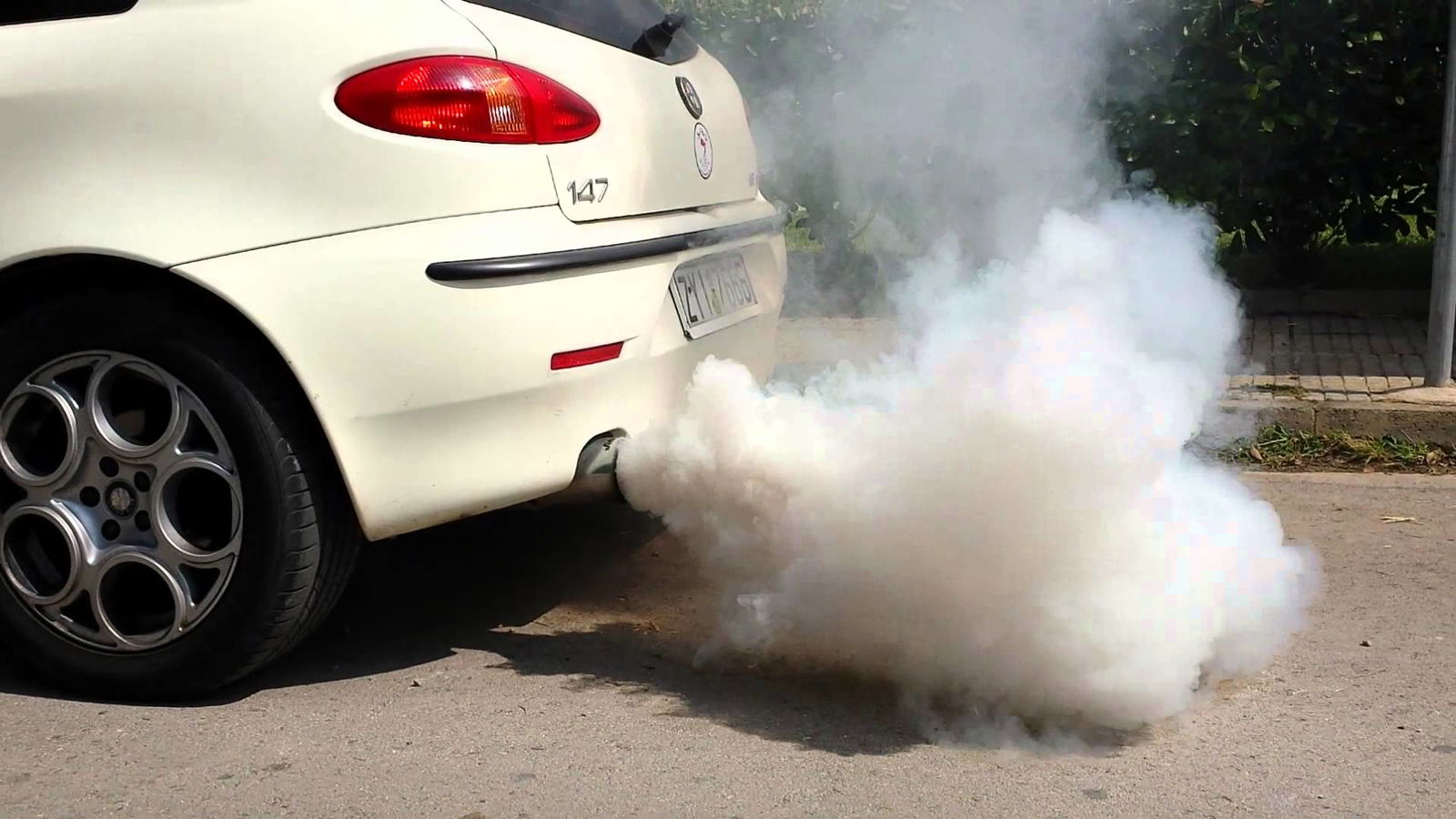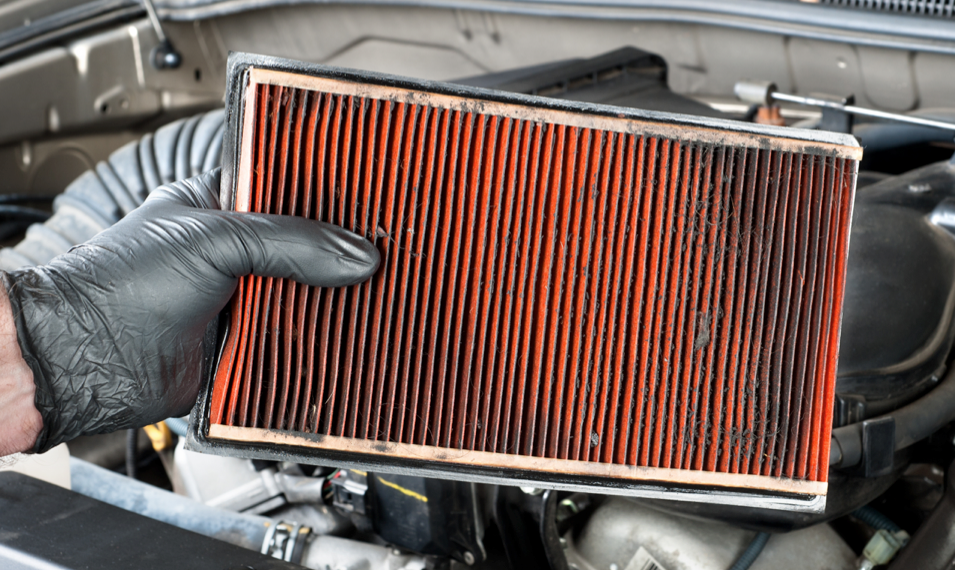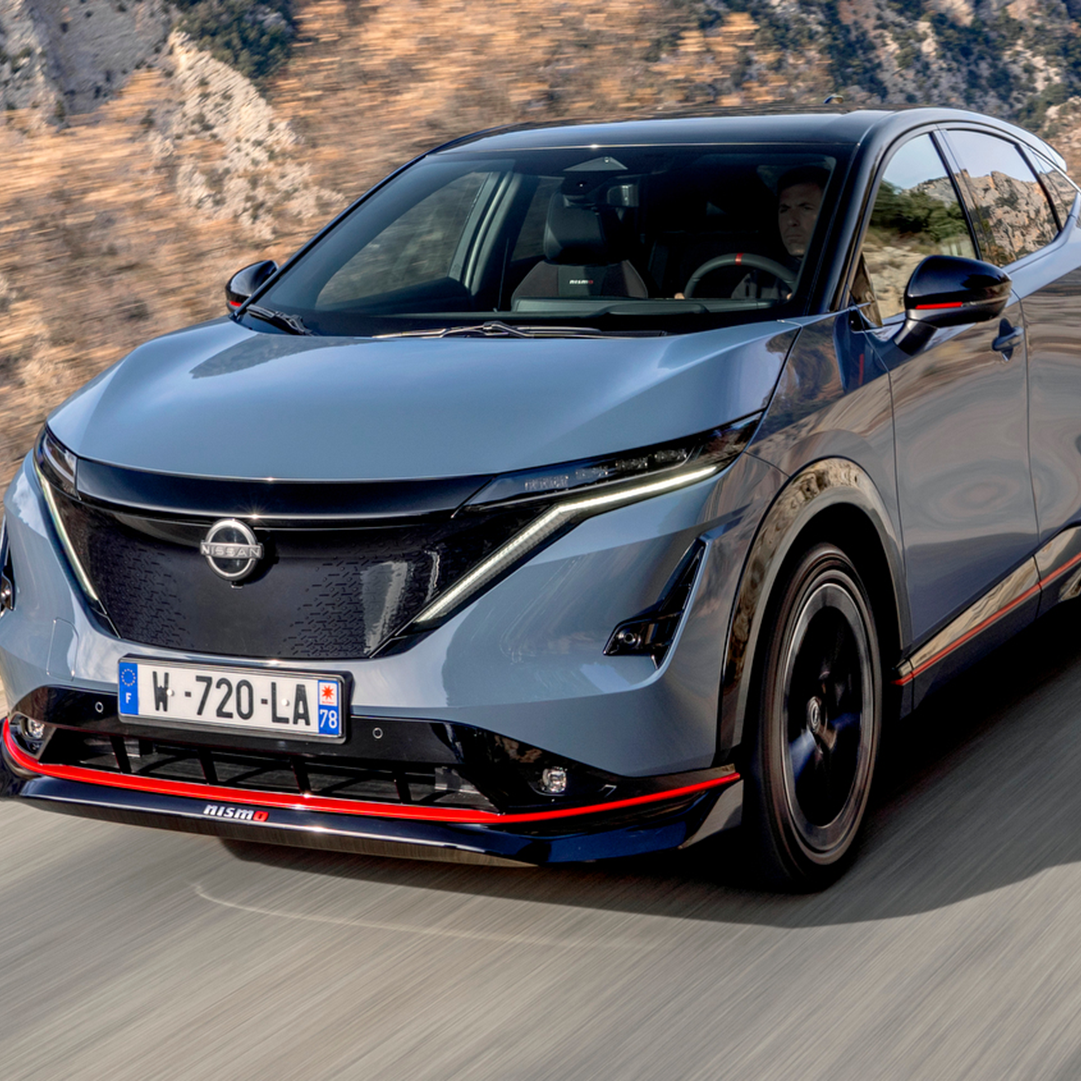Different Engine Smoke Colours And What They All Mean

We’ve all been there: you catch a glimpse of some vapour or smoke circling in your rear-view mirror, snaking its way up your bodywork from the exhaust tips. Internal combustion creates a multitude of products from every cycle, be it useful for turning a crankshaft or simply to be exhausted to the surroundings. And it is the exhausted gases that can lead to some nervous twitching from us petrolheads, whether you’ve had a genuinely bad experience or are just paranoid.
Let’s take a look at the combinations of visible emissions from your exhaust and what they mean, ranging from docile cold starts to engine-threatening failures.
Black smoke

The darkest of smokes emitted from the exhaust is generally nothing much to worry about and is linked with the balance of combustion controlled by the ECU. A darker visible exhaust gas is due to an overly-rich fuel mixture, created when the air/fuel ratio descends below the optimum Stoichiometric ratio (14.7:1 in a petrol engine, 14.5:1 for diesel).
The spark at ignition can only combust a certain amount of fuel in a cycle, so unburnt fuel is pushed out into the exhaust system and is combusted downstream of its intended combustion chamber.

These conditions can be caused by a leaking fuel injector, a blocked fuel return pipe, a broken oxygen or airflow sensor or a fuel pressure regulator stuck closed. A dirty air filter will also prohibit nice clean air from making it through to the combustion chamber. Not only will this constrict the volume of air entering the cylinders but it will also make for less efficient combustion due to the presence of unwanted contaminants.
Blue smoke

A blueish hue can be found from cars that have unwanted oil mixing into the air/fuel mixture. This means there’s a contaminant within the cylinders and it’s combusted along with the air and fuel.
This cross-contamination is caused by engine wear to the cylinders, pistons and valves, along with failed seals like the piston rings. Engines are manufactured to high tolerances from stock, therefore any deviance in dimensions due to constant wear and tear or a slight kink in the mentioned components can allow oil (used for engine lubrication) to seep into the cylinders.
A damaged valve stem, seal or guide will allow oil to make its way down from the valvetrain above the cylinder head, while a damaged piston ring will allow oil from the crankcase to squeeze its way upwards and into the cylinders.
The differing pressures within the combustion chamber throughout the engine cycle will lead to oil being sucked through any leaks in the same manner as the air/fuel mixture is sucked in via the opening of the inlet valve. This can all lead to a lack of compression within the cylinders and increased pressure within the crankcase, resulting in a decrease in power.
Blue smoke can be especially common in modified and turbocharged cars. By turning up the power output from an engine, much more stress is applied to each engine component, increasing wear and the possibility of oil leaks. Turbochargers themselves can fail also, allowing the oil used to lubricate the spinning turbine to spill from dodgy seals into the cylinders along with the compressed air, adding to air/fuel mixture contamination.
It’s probably not smoke, but steam. And this can potentially be nothing to worry about, or you could be a mile or two away from an engine replacement. You may notice that from a cold start, plumes of white smoke will emanate from the exhaust tips. This is thankfully nothing to worry about and is created by vapour naturally created from combustion.
When the exhaust system is still cold, the vapour will be much denser, to a point where it becomes visible. This vapour can still be seen when conditions are below ten degrees centigrade, with the temperature and air humidity changing the darkness and the visibility of the white vapour.

If your car is fully warmed up, the ambient temperature is reasonable and your car is still producing steam, you could be looking at head gasket failure or even a cracked cylinder head or block from overheating.
The head gasket is designed to keep the oil and coolant systems apart, along with cementing the cylinder head and combustion chambers together. A split in the gasket (mostly due to overheating or not allowing your engine to warm up gradually) will send liquids into places they really shouldn’t be. If a head gasket fails in a particular area, coolant will enter the cylinders.
The engine will then try to compress and combust water, leading to potentially catastrophic engine damage and also steam pouring out of the exhaust. The size of the leak will dictate how much steam is produced but often when a head gasket goes, it really goes and you won’t be able to see out of the back window due to the steam engine that your car has suddenly become. To help prevent this ever happening to your car, click here for a in-depth look at this potential engine killer.

Exhaust products that make it to the outside world can vary in colour, density and volume, as well as what they could mean for your engine turning over upstream. From ghostly white to a deep, sooty black, the variety of smokes and steams can either mean as little as an air filter change or up to an ECU tinker and even a full engine swap. It pays to keep an eye on what’s spouting from your exhaust as – like humans – you can diagnose a lot from simply checking what’s coming out (disgusting, but true).
Have you ever experienced suspect smoke shooting out of your exhaust system? Has dreaded head gasket failure ever manifested within your engine? Comment below with your experiences!












Comments
yep went through the headgasket on my evo :( all fixed now
Stochiometric with diesel is different, because you don’t have a throttle plate on the intake, so you are not modulating the amount of air, you just modulate the amount of diesel, so the ratio varies a lot across the rev range
When i read about the white smoke began to remember when my dads e39 520d made alot of smoke during cold starts an it ended with a broken turbo in the middle of the winter, on snow and we had to roll down a big hill and call for help
Where was this article when i was trying to diagnois white exhaust coming from my tail pipes. Turned out i did have a blown head gasket :(
How about the tfsi engine from vw. Naturally spews smoke because and I quote from audi ‘it is normal for this engine to use 1 litre of oil per 1000 miles’
I was once duelling with a focus ST in my MG ZS 120…. the K series was notorious for HGF. I really leaned on the engine and suddenly noticed the thickest plume of dense white smoke coming out the back. Automatically assumed HGF, pulled over and….. nothing. It never happened again and there was no oil in the water or no noticeable loss of power. No idea what it was.
Nothing to see here xD
Sometimes it’s water and metal shavings.
Welcome to the world that was Alco, where black smoke was normal everyday operations
I know this all too well with my Cosworth. PC Plod 9 months ago stopped me and informed me of excessive smoke. This unfortunately was traced to a cracked cylinder block. Many months and lots of dollars later and it is almost ready for the road.
Pagination